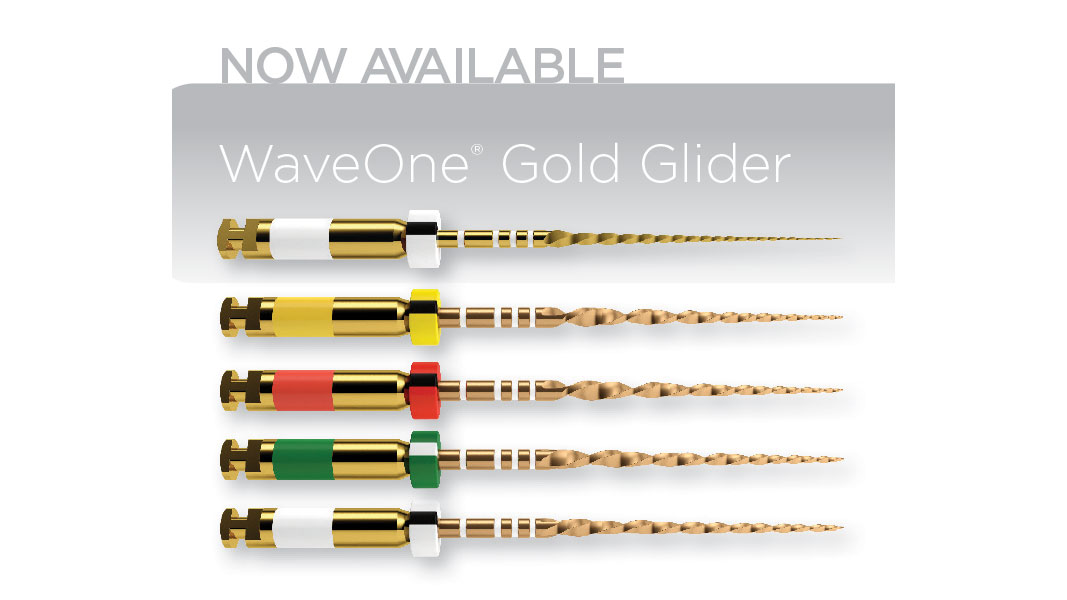

(Schneider’s technique) (7) starting at 6-8mm from the apex. The length of selected teeth were in the range of 19-21mm, type I Vertucci’s classification (6) and 15º to 30º mesial root curvature Preparation of teeth: A total of 144 extracted mandibular molars were collected from the outpatient clinic of Oral Surgery Department, Faculty of Dentistry, Alexandria University, Egypt. Files were evaluated at three segments starting from the tip: 0-2mm, 2-4mm and 4-8mm. Each file was scanned twice one with the flat portion on the shank facing up and one with the flat portion facing down. (JSM-5300, JEOL, USA) to detect any manufacturing defect present. Pre-instrumentation scanning: The files from each group were observed under SEM at 100x and 750x magnifications in lateral views, with no cleaning treatment before use
Wave one endo sequence software#
The sample size was calculated for the study using stuG* Power 3.1.9.2 software for Windows ( Universität Düsseldorf, Germany). Grouping: Twenty four primary files were used in this study and divided according to the type of file into two groups (n=12). The aim of this in-vitro study was to evaluate surface characteristic changes of Wave One primaryįile 25/.08 (WO,Dentsply Maillefer, Ballaigues, Switzerland) made of M-wire Ni-Ti alloy and WaveOne Gold primary file 25/.07 (WOG, DentsplyMaillefer, Ballaigues, Switzerland) made of the new gold alloy using scanning electron microscopy. On the other side, the effect of thermal processing techniques including gold finish on file’s microscopic surface characteristics and it’s relationship to incidence of fracture is still questionable (4, 5). The main advantage of such heat treatment, according to the manufacturer claims, is to improve flexibility and strength of the file. Recently, a special thermal process was introduced to M-wire alloy after grinding process is completed to produce a new Gold alloy.
Wave one endo sequence crack#
M-wire Ni-Ti alloy invented in 2007 by Dentsply, Tulsa, USA, is manufactured by a method of preparing Ni-Ti with metallurgic modification induced by multiple thermal treatment cycles during milling which relieve internal stresses induced by cold work on the alloy such as twinning and atom dislocation of the crystalline structure which may, later on, act as a point of crack initiation and propagation and reduce cyclic fatigue resistance of instruments (2, 3).

Thermal treatment of Ni-Ti alloys has been used to optimize mechanical properties of these files (1). Increasing resistance to file separation has been the main goal of manufacturers in developing the latest Ni-Ti rotary instruments. Conclusion: WaveOne Gold file has a different metallurgy due to it’s gold finish that does not enhance it’s resistance to surface defects during clinical use.ĭespite the increasing popularity of Ni-Ti rotary instruments, there exists concern about unexpected separation during use. WOG group showed significantly greater defects including metal strips, pitting, craters, micro-cracks and blunt edges ( p≤ 0.05). Surface defects significantly increased in both WO and WOG groups after use. Results: Surface defects were detected in both study groups with higher values in WOG group before use. Data were scored and statistically analyzed using Mann Whitney and Friedman tests Each file was planned ti be used to instrument six root canals and then examined under SEM after preparing one, three and six canals at same magnifications. Methods: Twelve primary files from each system were scanned for surface defects before instrumentation at 100x and 750x. Introduction: The purpose of this study was to evaluate surface topography of WaveOne Gold (WOG) and WaveOne (WO) files using SEM before and after use.


 0 kommentar(er)
0 kommentar(er)
